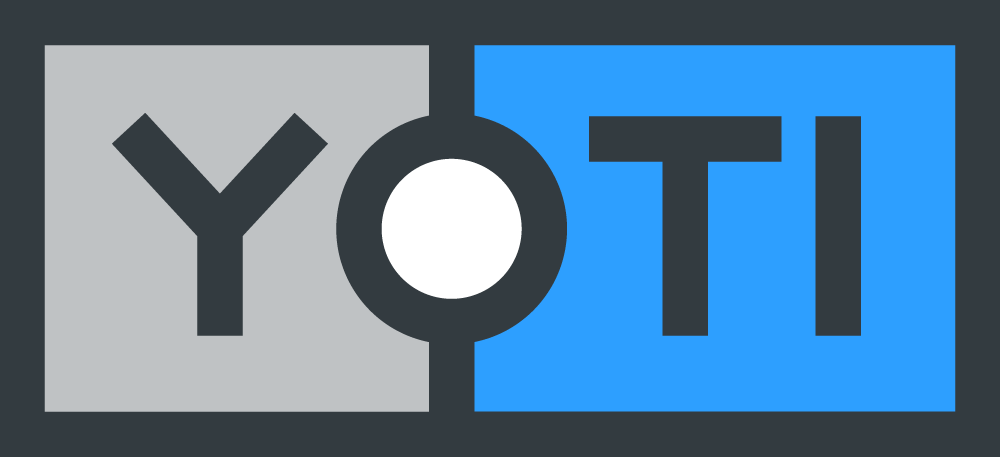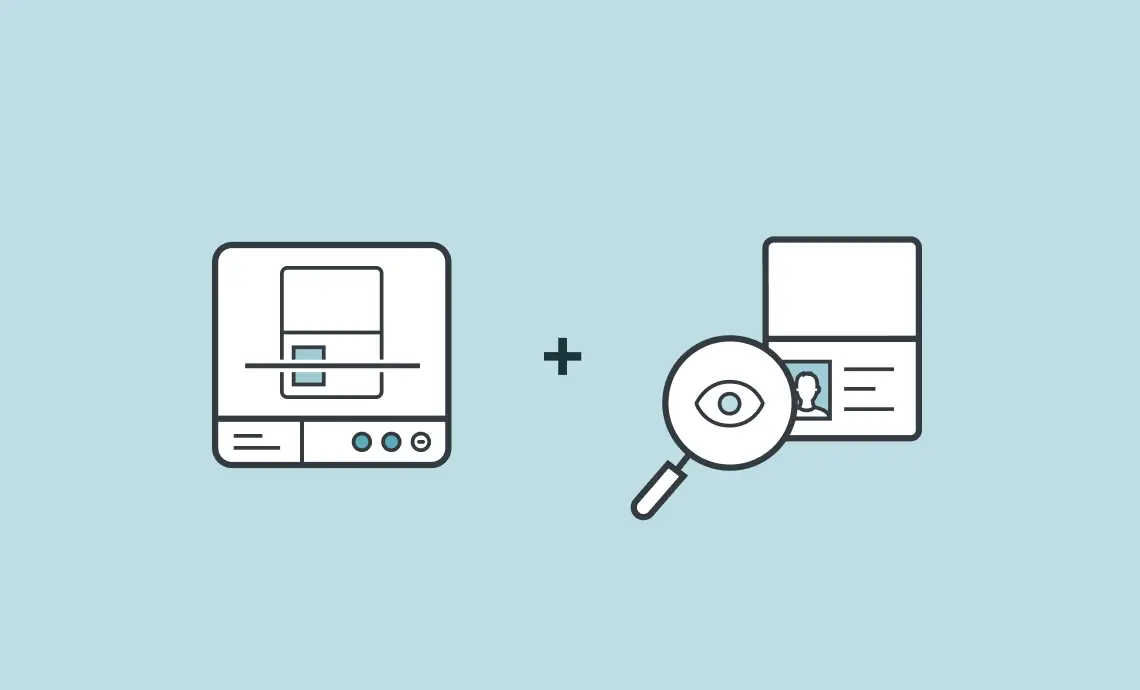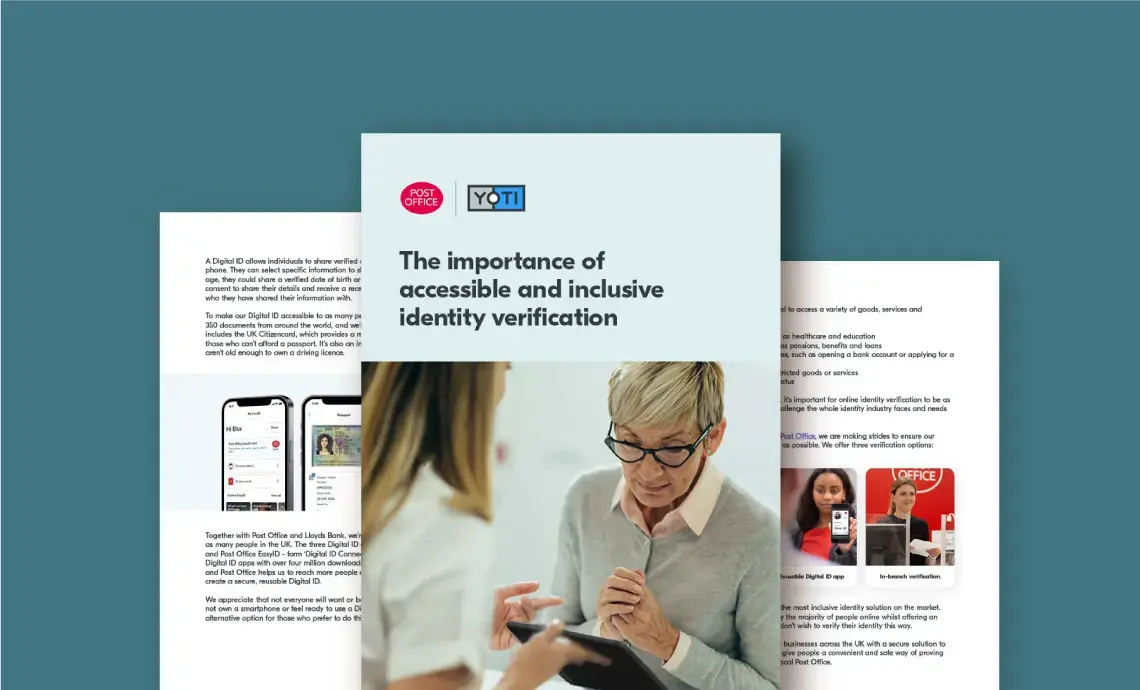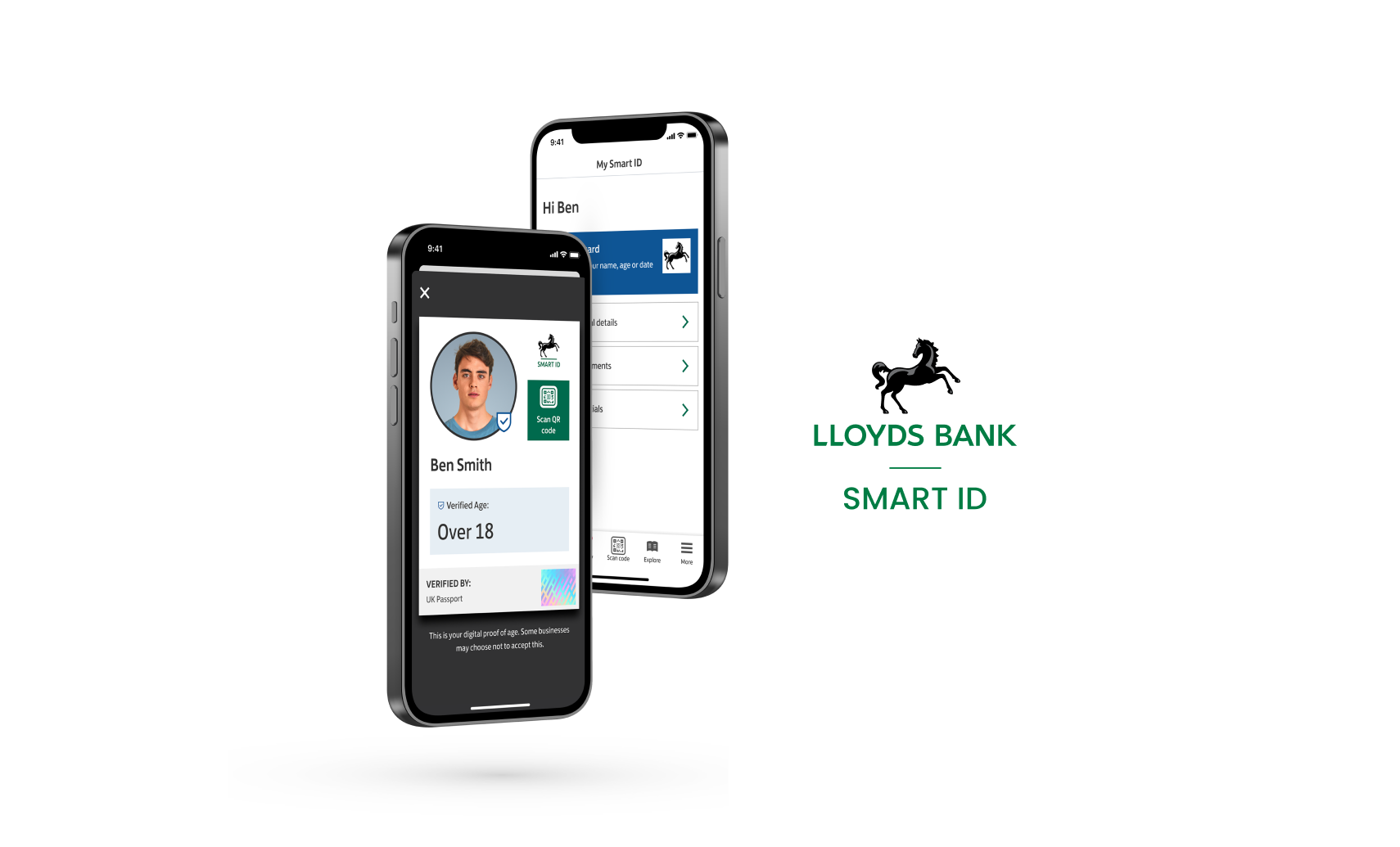Business
How Digital IDs are creating safer, more trusted matrimony connections
“When we were in search of a strategic biometric partner that aligns with our values, Yoti stood out as the perfect choice.” Hajji Laird Mostafa Mohammad Karim Founder & CEO (Chief Evangelism Officer), Muslim Marriage Services Muslim Marriage Services is the world’s only Certified Social Enterprise Muslim matrimonial brand, focussed on digital security and creating social impact in the world’s largest matrimony market. We helped them: Create a trusted platform for people to connect; giving them the best chance at finding compatible life partners. Offer users an improved online experience by giving them a safer and instant way
How Lockwood Publishing increased player protection using Yoti's facial age estimation technology
“I hadn’t taken age estimation seriously until I saw how accurate it is with Yoti’s technology. It’s an accurate, fun and interactive solution, which adds value to the gaming experience. The more steps you add in a player’s way, the higher the chance they’ll drop off, but age estimation adds to the overall game experience.” Claire Panter Director of Player Support Lockwood Publishing is an independent UK company that specialises in building virtual worlds for console and mobile platforms. We helped them: Give assurance to players that they were interacting with other adults. Ensure players were the right
Why automated technology with human fallback provides optimal results
Some identity providers claim that fully automated processes are the way forward. Whilst we agree that technology can improve and streamline processes, there are times when it’s valuable to have a human involved. Every business we talk to has different requirements for identity verification. This could be because of differing laws and their application in different regions, a varying risk appetite or wanting to ‘do the right thing’ to engender trust and increase success rates. When it comes to identity verification technology, there might be some scenarios where it’s helpful to use the skills of our security team. For
Report: The importance of accessible and inclusive identity verification
A recent YouGov survey of 2,000 GB adults found that 69% have proved their identity online using a physical document. Of those, 71% found the process easy to use. Whilst almost half (47%) said they would prefer to prove their identity online, 26% said they would prefer to do this at a Post Office. One in five (20%) expressed no preference. With more services moving online, identity verification needs to be as accessible and inclusive as possible. Through our partnership with Post Office, we are making strides to ensure our solutions cater to as many people as possible. We offer
OpenID Connect: In a Nutshell
There is a lot of information available about OpenID Connect (OIDC). A quick search online and it’s easy to get lost in technical jargon and still be left clueless as to what it actually is and if it could be useful for your business. In this blog, we cut through the noise and break it down for you. How did OpenID Connect come to be? Less than a decade ago, businesses in the online retail, search and social media spaces required you to set up an account and your details were stored. This created two problems: you had to sign
Yoti releases a new Digital ID app with Lloyds Bank
This follows the £10 million Lloyds Banking Group invested in Yoti to support the development of a new, reusable digital identity proposition London, UK, 2nd October 2023: Yoti has released a new Digital ID app with Lloyds Bank – Lloyds Bank Smart ID. The app gives people a more private, secure and convenient way to prove their age or identity from their phone. This follows the £10 million investment Lloyds Banking Group made in Yoti earlier this year. The investment supported the development of a new, reusable digital identity app to help combat the growing risks of identity fraud,






